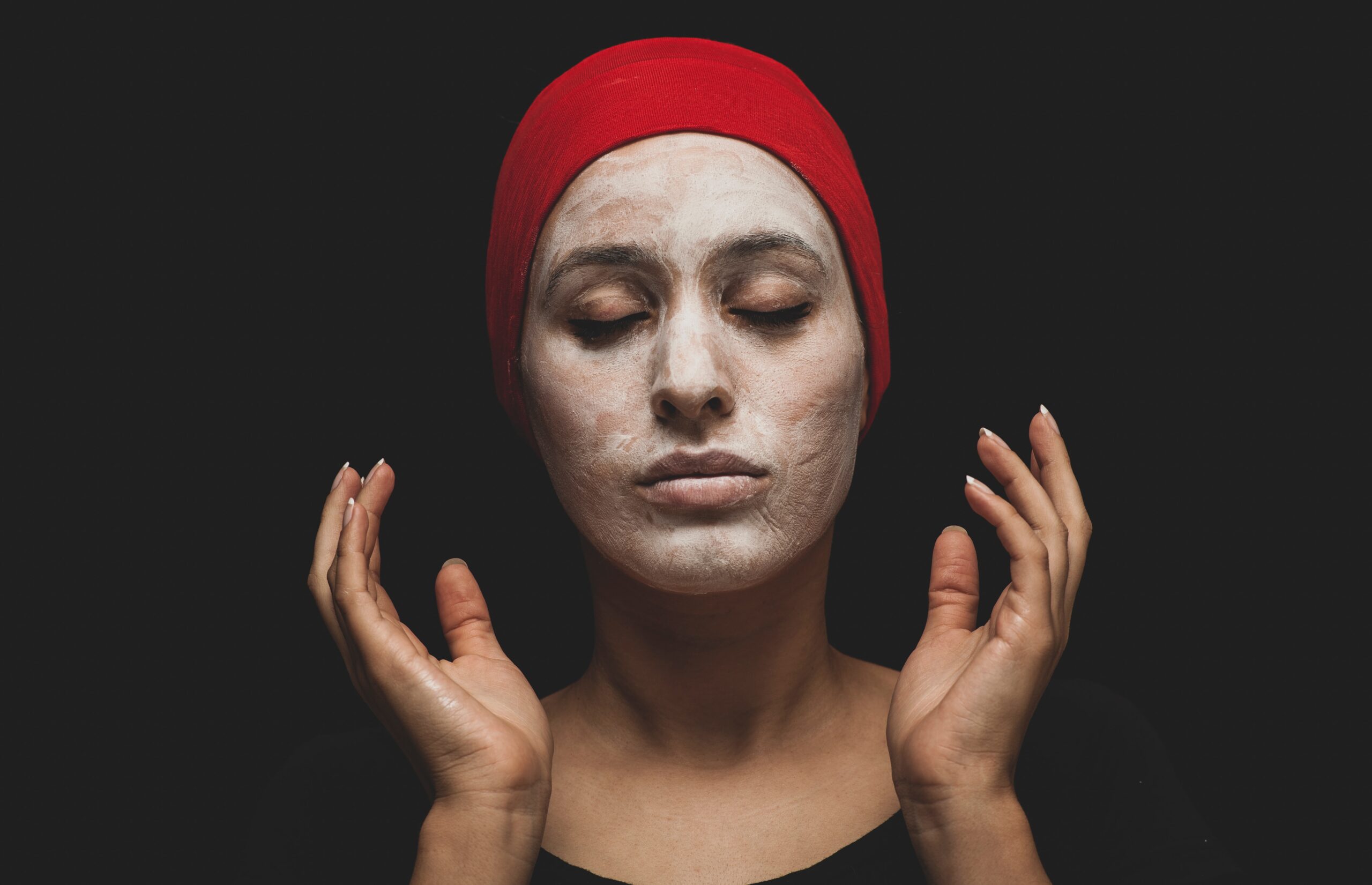
In a world dominated by chemical-laden products, natural beauty remedies have gained significant popularity. This article provides beauty enthusiasts with essential tips for creating and using natural DIY face masks and hair treatments.
It offers guidance on ingredient selection, and customization for different skin and hair types, and emphasizes the importance of following recipes accurately. Whether you seek to enhance your skincare routine or improve the health of your hair, this article will help you discover effective and safe practices.
Key Takeaways
- Natural DIY face masks and hair treatments offer a safe and customizable alternative to commercial products.
- These remedies are gentle, cost-effective, and packed with nutrients, vitamins, and antioxidants.
- DIY face masks can hydrate, brighten, and combat oily skin, while hair treatments nourish, condition, and promote scalp health.
- Best practices include cleansing the face, performing patch tests, using fresh ingredients, customizing for skin and hair types, following recipes accurately, and rinsing with lukewarm water.
- DIY remedies can be effective but results may vary, and it’s important to consult professionals for specific concerns or adverse reactions.
Benefits of Natural Beauty Remedies
Natural beauty remedies have a multitude of benefits for your skin and hair. Unlike commercial products, which often contain synthetic chemicals, natural remedies are gentle, safe, and free from harsh irritants.
These remedies are packed with vitamins, minerals, and antioxidants that help nourish, heal, and protect your skin and hair. Additionally, they are cost-effective and customizable, allowing you to tailor them to your specific needs.
Nourishing DIY Face Masks
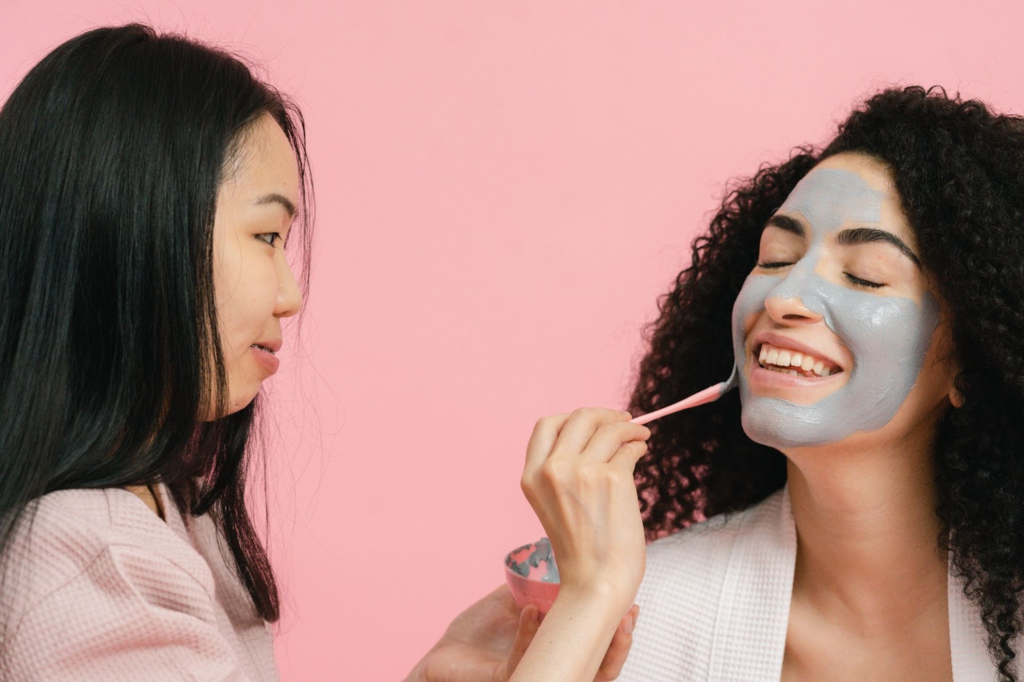 Honey and Avocado Face Mask
Honey and Avocado Face Mask
Combining the moisturizing properties of honey with the rich nutrients of avocado creates a nourishing face mask.
Mix one tablespoon of raw honey with half a ripe avocado and apply the mixture to your face. Leave it on for 15-20 minutes, followed by rinsing off with warm water.
This mask deeply hydrates your skin, leaving it soft, supple, and glowing.
Yogurt and Turmeric Face Mask
For a brightening and exfoliating face mask, mix two tablespoons of plain yogurt with a pinch of turmeric) powder.
Apply the mixture gently to your face and leave it on for 15 minutes. Yogurt gently exfoliates, while turmeric brightens the complexion, resulting in radiant and even-toned skin.
Banana and Olive Oil Face Mask
To combat oily skin, create a mask by mashing a ripe banana and adding lemon juice and extra virgin olive oil.
Apply the mixture to your face, let it sit for 15 minutes, and then rinse off with warm water. This helps absorb oil and cleanse pores.
Revitalizing DIY Hair Treatments
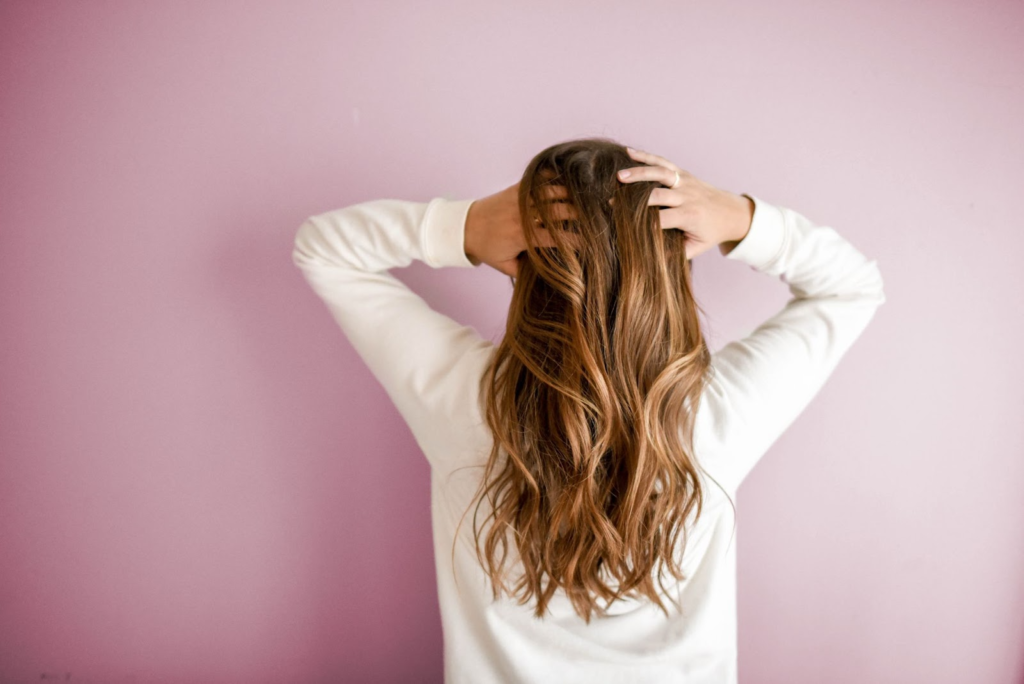 Coconut Oil and Argan Oil Hair Treatment
Coconut Oil and Argan Oil Hair Treatment
Combine two tablespoons of coconut oil with about ten drops of argan oil. Warm the mixture and apply it generously to your hair, focusing on the ends.
Leave it on for 30 minutes or more for deep conditioning of your hair. Coconut oil nourishes and strengthens the hair, while argan oil adds shine and manageability.
Aloe Vera and Rosemary Hair Mask
Mix three tablespoons of fresh aloe vera gel with about 7-10 drops of rosemary essential oil. Apply the mixture to your scalp and hair, massaging it gently.
Leave it on for 30 minutes before rinsing thoroughly. Aloe vera soothes the scalp, promotes hair growth, and reduces dandruff, while rosemary stimulates circulation, leading to healthier hair.
Yogurt and Egg Hair Mask:
Ingredients include 1/2 cup of plain yogurt and 1 egg. Whisk yogurt and egg together. Apply to damp hair. Massage scalp.
Cover hair and leave for 20-30 minutes. Rinse with cool water, followed by washing with shampoo and conditioner.
Effective Acne-Fighting Remedies
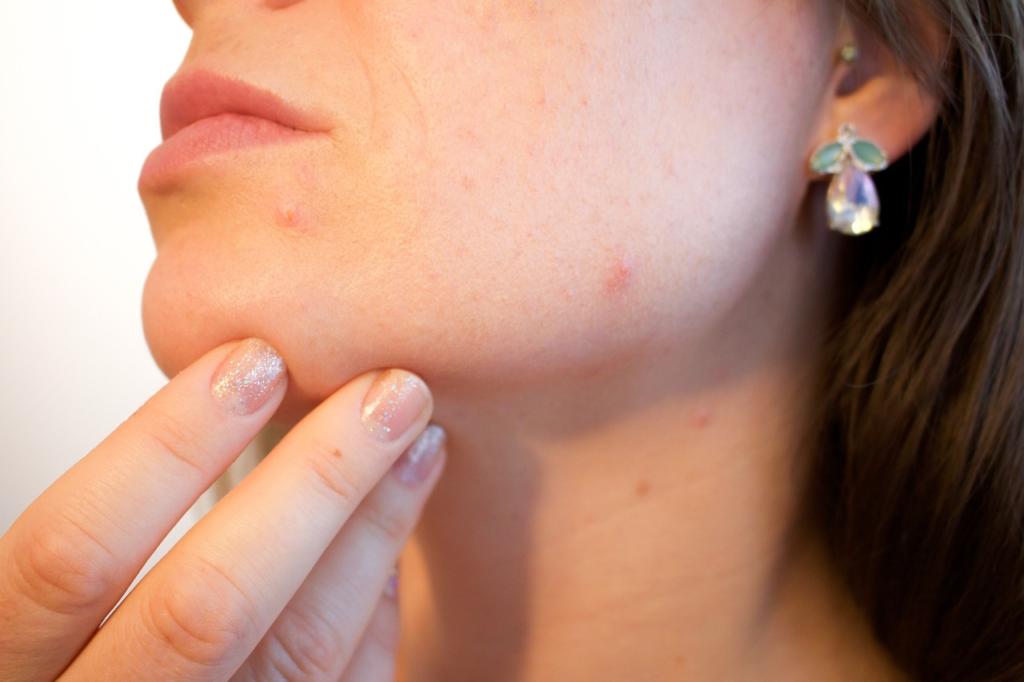
Tea Tree Oil Spot Treatment
Dilute a few drops of tea tree oil with a carrier oil like jojoba oil and apply it directly to acne-prone areas.
Tea tree oil possesses antimicrobial properties that help combat acne-causing bacteria, reduce inflammation, and heal blemishes. Remember to perform a patch test before applying it to your entire face.
Clay Mask for Deep Cleansing
Mix bentonite clay with water or apple cider vinegar to create a paste.
Apply it to your face and leave it on until it dries completely, then rinse off. Clay masks effectively draw out impurities, unclog pores, and control excess oil, leaving your skin refreshed and revitalized.
Best Practices for Natural DIY Face Masks and Hair Treatments
Best Practices for Face Masks
- Cleanse your face: Before applying a face mask, ensure that your face is clean and free from any makeup or dirt. Wash your face with a gentle cleanser and pat it dry with a soft face towel.
- Patch test: It’s essential to perform a patch test before applying a new face mask. Apply a small amount of the mask to a small area of your skin, such as the inner side of your wrist, and wait for 24 hours to check for any adverse reactions or allergies.
- Use fresh ingredients: Opt for fresh and natural ingredients for your DIY face masks. Fruits, vegetables, yogurt, honey, and oats are some popular choices. Avoid using expired or questionable ingredients to prevent skin irritations.
- Customize for your skin type: Different skin types have different needs. Tailor your face mask recipe according to your skin type. For example, use hydrating ingredients like avocado or aloe vera for dry skin, and exfoliating ingredients like papaya or lemon for oily skin.
- Follow recipes and measurements: When preparing a DIY face mask, follow recipes and measurements precisely. Too much or too little of an ingredient can affect the efficacy and safety of the mask.
- Apply evenly: Apply the face mask evenly on your face, avoiding the sensitive eye area. Use a clean brush or your fingertips to ensure even distribution.
- Relax and wait: Once you’ve applied the mask, relax and let it work on your skin. Follow the recommended time mentioned in the recipe or packaging instructions.
- Rinse with lukewarm water: After the specified time, rinse off the face mask with lukewarm water. Gently massage your face in circular motions to exfoliate if the mask contains exfoliating ingredients.
Best Practices for Hair Treatments
- Start with clean hair: Before applying a hair treatment, shampoo your hair to remove any buildup or dirt. This allows the treatment to penetrate effectively.
- Protect your clothes: Some natural hair treatments may be messy. To avoid staining your clothes, consider wearing an old shirt or placing a towel around your shoulders.
- Scalp massage: When applying a hair treatment, take the opportunity to give yourself a relaxing scalp massage. Massaging stimulates blood circulation, which can promote hair growth and overall scalp health.
- Focus on the ends: Concentrate the treatment on the ends of your hair, as they tend to be drier and more damaged. Avoid applying the treatment to your scalp if it’s not suitable for that purpose.
- Use a shower cap or towel: After applying the hair treatment, cover your hair with a shower cap or wrap it in a warm towel. This helps to create a warm and humid environment, allowing the treatment to penetrate deeply.
- Follow the recommended time: Different hair treatments have different recommended durations. Follow the instructions provided with the treatment or refer to a trusted source for guidance.
- Rinse thoroughly: You should thoroughly rinse your hair with lukewarm water after the designated treatment time has ended. Make sure no residue is left behind, as it can weigh down your hair.
- Avoid excessive heat styling: Natural hair treatments can improve the health of your hair, but excessive heat styling can undo their benefits. Minimize the use of heat tools and opt for air drying whenever possible.
- Remember, it’s important to consult a dermatologist or hair care professional if you have specific skin or hair concerns or if you experience any adverse reactions to the DIY treatments.
Final Thoughts
By incorporating DIY face masks and hair treatments into your beauty routine, you can harness the power of natural ingredients to achieve healthy, radiant skin and lustrous hair.
These remedies offer a safe, affordable, and customizable alternative to commercial products, allowing you to take control of your beauty regimen. Remember to perform a patch test before trying new ingredients, and embrace the natural beauty that awaits you with these delightful DIY treatments.
Also Read: Makeup Tips and Tricks for Enhancing Natural Features
FAQs
- Q: Are DIY face masks and hair treatments effective?
- A: Yes, DIY face masks and hair treatments can be highly effective. They are made from natural ingredients that are packed with nutrients, vitamins, and antioxidants, which provide numerous benefits for your skin and hair. However, results may vary depending on individual factors and consistency of use.
- Q: Can I customize DIY face masks and hair treatments?
- A: Absolutely! One of the greatest advantages of DIY remedies is the ability to customize them according to your specific needs. You can experiment with different ingredients, adjust the ratios, or combine multiple ingredients to create personalized treatments that work best for your skin and hair.
- Q: Are DIY remedies safe for all skin and hair types?
- A: In general, DIY remedies are safe for most skin and hair types. However, it’s essential to be mindful of any allergies or sensitivities you may have to specific ingredients. Perform a patch test on a small area of skin before applying any new remedy to your entire face or scalp. If you experience any adverse reactions, discontinue use.
- Q: How often should I use DIY face masks and hair treatments?
- A: The frequency of use depends on the specific remedy and your individual needs. As a general guideline, you can use face masks 1-2 times per week and hair treatments once a week or as needed. However, it’s important to listen to your skin and hair, as overuse or excessive treatment may lead to dryness or irritation.
- Q: Can DIY remedies replace commercial beauty products?
- A: DIY remedies can complement your beauty routine and serve as a natural alternative to commercial products. However, it’s important to note that they may not provide the same instant or dramatic results as some commercial products. It’s a personal choice whether to completely replace commercial products or use DIY remedies alongside them.
- Q: Where can I find the ingredients for DIY remedies?
- A: Many ingredients for DIY remedies can be found in your kitchen or local grocery store. Common ingredients like honey, avocado, yogurt, coconut oil, and essential oils are readily available. Additionally, some specialty stores or online retailers offer a wide range of natural and organic beauty ingredients for your convenience.
- Q: Can DIY remedies treat specific skin or hair concerns?
- A: DIY remedies can address various skin and hair concerns, such as dryness, dullness, acne, dandruff, and more. Nevertheless, it is crucial to maintain realistic expectations and comprehend that outcomes can differ. For severe or persistent skin or hair conditions, it’s advisable to consult a dermatologist or a healthcare professional.
- Q: How long can DIY remedies be stored?
- A: Since DIY remedies are made from fresh and natural ingredients, they generally have a shorter shelf life compared to commercial products. It’s best to make small batches and use them within a week or two. Store them in airtight containers in a cool, dry place, away from direct sunlight.
- Q: Can men also benefit from DIY face masks and hair treatments?
- A: Absolutely! DIY remedies are suitable for both men and women. The natural ingredients used in these treatments offer benefits for all skin and hair types, regardless of gender. Men can also enjoy the nourishing and revitalizing effects of DIY face masks and hair treatments as part of their grooming routine.
- Q: Are there any precautions I should take when using DIY remedies?
- A: While DIY remedies are generally safe, it’s important to follow a few precautions. Perform a patch test before applying any new remedy to your entire face or scalp. Avoid using ingredients that you are allergic to or have known sensitivities. If you experience any irritation or discomfort, discontinue use immediately.
Hashtags: #NaturalBeauty #DIYFaceMasks #HairCare #Skincare #HealthyHair #RadiantSkin #NaturalRemedies #BeautyRoutine #SelfCare #HealthyGlow #BeautyTips #DIYTreatments #DIYBeauty #NourishYourSkin #ConditionYourHair #GentleCare
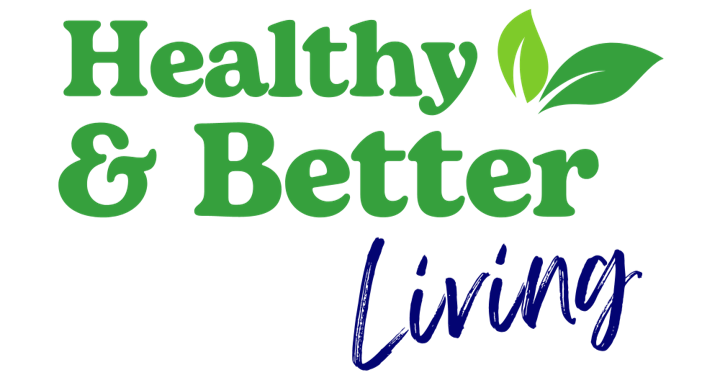





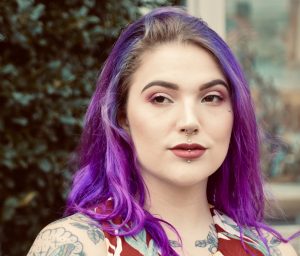
No comment yet, add your voice below!